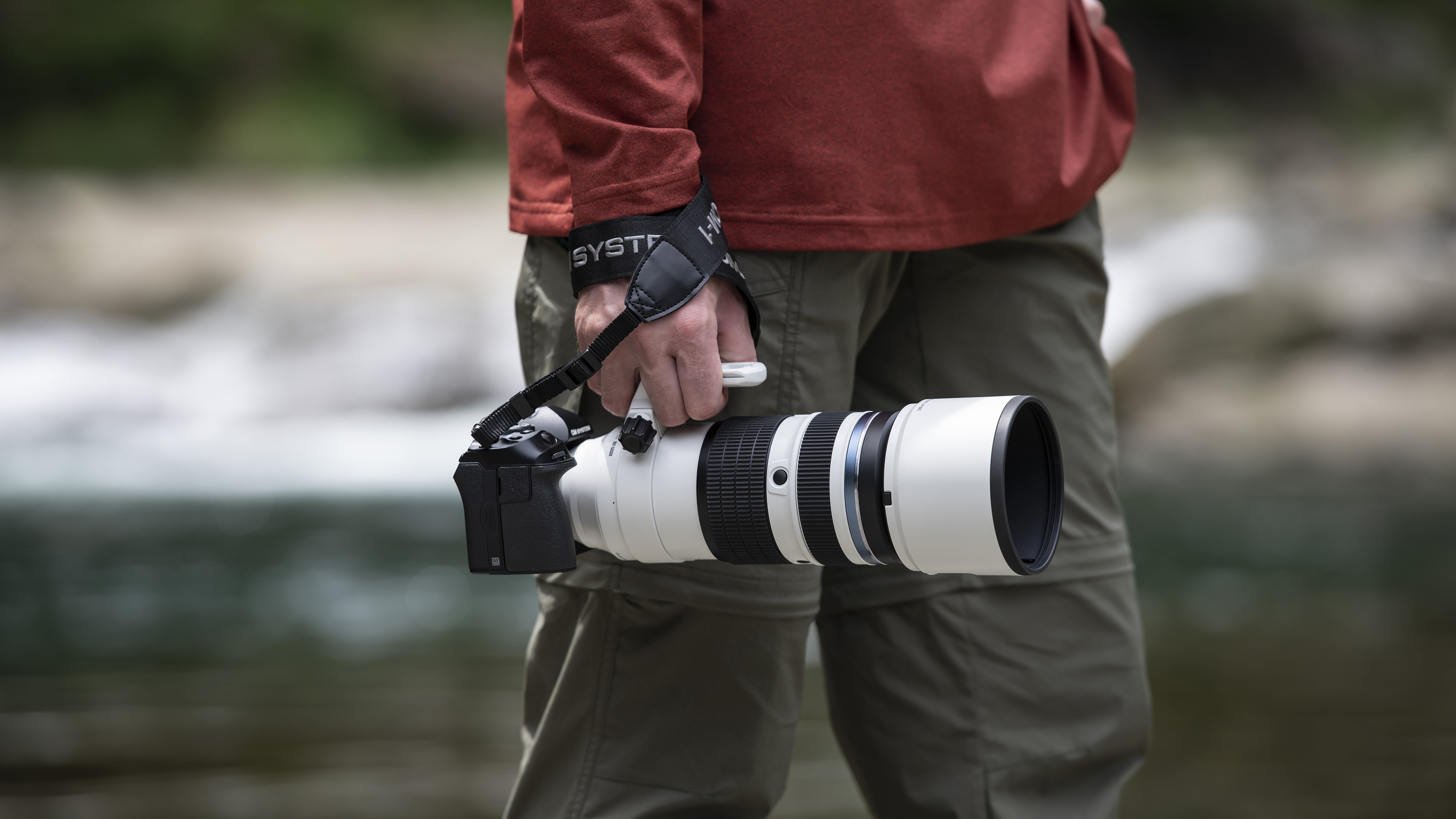Why is my wide-angle lens so big and bulky?
Creator of Laowa lenses, Venus Optics, explain why wide angle lenses can be so bulky
It's a commonly accepted truth that ultra-wide angle lenses tend to be pretty large and bulky – especially if they have a particularly wide maximum aperture. This bulk is also often accompanied by a weight that's a little heavier than many photographers would probably like.
While telephoto lenses tend to be long (and can often be even heavier than wide angle lenses, depending on their build), ultra-wide angles can be shorter and feature a bulbous front element. But why is this the case? Can't lens manufacturers produce a compact and lightweight piece of glass that isn't so unwieldy?
Read more: Best ultra-wide lenses for astrophotography
A recent video from Venus Optics discuss some of the reasons why ultra-wide angle lenses are so huge. One of the key points made in the video is about concave optics and convex optics. What's really interesting is the distinctions between these two types of elements.
The front element in many wide-angle lenses tend to protrude outwards and this is assumed to be a concave element by many. Venus Optics discusses why this is not the case and explains how it's the edges of the elements that dictate the type it is.
For example, the front element in the Laowa 12mm f/2.8 Zero-D lens protrudes outwards. However, this is actually a convex element between the edges of the element that is thicker than the middle of the element. This is what determines whether an element is concave or convex.

The benefit of having a convex element at the front of the lens is that it diverges the light allowing it be converged further down the barrel. This is important because it helps to ensure that light converges correctly at the point of focus. Otherwise wide-angle lenses would have difficulty focusing correctly.
The best camera deals, reviews, product advice, and unmissable photography news, direct to your inbox!
The video (above) goes into a good deal of detail explaining the challenges of producing a high quality wide-angle lenses. The video also discusses how these issues can be overcome with the use of different kinds of elements and their position within the lens.
This also helps to explain why a shorter flange distance in mirrorless cameras help manufacturers to produce smaller and lighter wide-angle lenses.
Read more:
Best lenses for landscape photography
Best lenses for astrophotography
Best tilt-shift lenses
The best Canon wide-angle zooms in 2021
Usman is a commercial and architectural photographer based in West Yorkshire, who has been working professionally for over seven years. He has also spent over four years as a writer for the biggest photography sites in the world, including Staff Writer for Digital Camera World, senior staff writer for FStoppers, and tech writer for Petapixel.
With a particular interest in technology developments, high-resolution imaging and the high-end cameras, Usman has been on the cutting edge of camera news as well as writing features about medium format systems and global shutters, and has reviewed some of the latest Leica cameras as well as a tripod that’s even taller than Andre the Giant!

